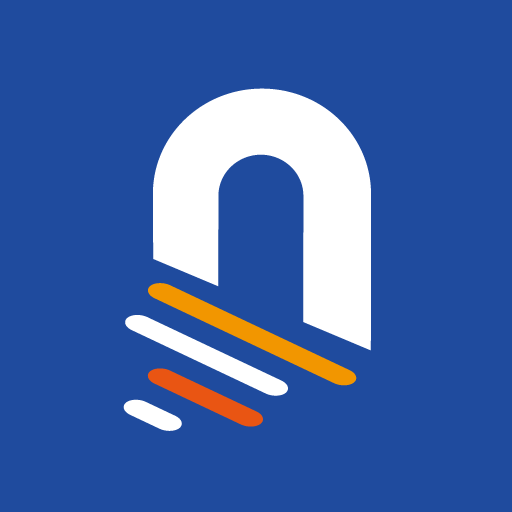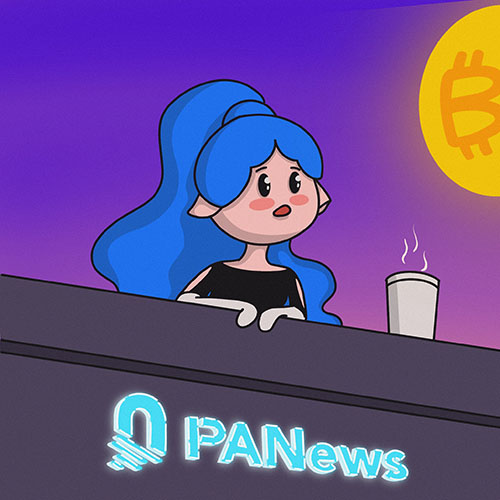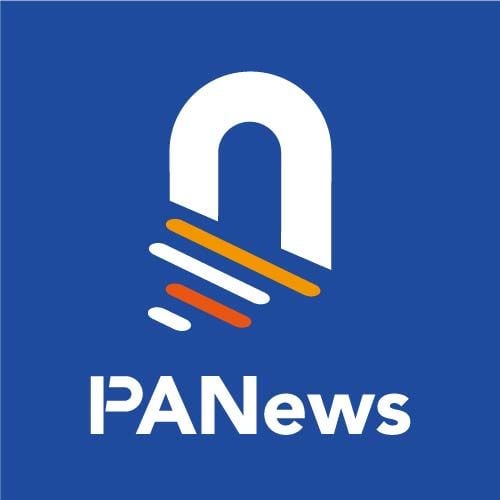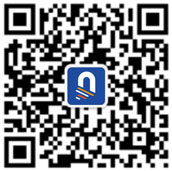For years, the blockchain industry has been embroiled in a heated debate over how Ethereum can be scaled and which technologies will be the most successful in doing so. The release of zkSync 2.0, which has been in development for four years, might put an end to this discussion. Let’s dive into zkSync and the growth of its ecosystem, as well as what the future holds for the network in 2023.
What is zkSync?
Firstly, let’s start with the basics. zkSync is a Layer 2 (L2) scaling solution for Ethereum founded by the Matter Labs team. Started in 2018 by CEO Alex G., Matter Labs is based in Germany and comprises of a team of over 50 experienced developers, researchers, and entrepreneurs, as well as key members such as Zoe Gadsden (COO), Ankur Rakshit (CFO), Steve Newcomb (CPO), and Shazia Hasan.
One of the standout features of zkSync is that it uses zero-knowledge proofs (ZKP) to enable private transactions. This means that users can transact without revealing their transaction details, solving one of the pain points of public blockchains. Privacy is a fundamental human right, and zkSync protects that right for users when they are transacting on the Ethereum blockchain.
Since zkSync Era was deployed on mainnet, it is no longer hampered by the lack of smart contract support and can now function as a zkEVM compatible L2 blockchain. This significant upgrade marks a turning point in zkSync’s ecosystem development as developers now have an easier time deploying their EVM compatible apps on zkSync Era, paving the way for new growth opportunities.
Highlights of zkSync Era
- Mainnet-like security with zero reliance on 3rd parties
- Permissionless EVM-compatible smart contracts
- Standard Web3 API
- Preserving key EVM features, such as smart contract composability
- Account abstraction and meta-transactions
Key Technological Breakthroughs in zkSync Era Architecture
When it comes to scaling Ethereum, there is a need to balance security, decentralization, and scalability, in what we know as the scalability trilemma. However, there is a 4th factor to consider, which is programmability. Current scaling solutions tend to sacrifice one or more of these features for scalability. However, zkSync Era architecture is designed to optimize all four features by combining two technological breakthroughs :
- zkEVM : An engine that powers an EVM-compatible zkRollup, which is a scaling solution that provides L1 security and support for Solidity smart contracts.
- zkPorter : An off-chain data availability system that offers two orders of magnitude more scalability than typical rollups.
zkSync aims to achieve the ultimate goal of scaling Ethereum by combining its zkRollup technology with Eth2 data sharding. This combination would result in a system capable of achieving more than 100,000 transactions per second (TPS), without sacrificing any of the 4 factors. zkSync Era allows for flexible smart contract functionality through the utilization of Solidity and Zinc, its proprietary programming language.
Exploring the zkSync Ecosystem
Currently, there are over 200 projects being developed on zkSync covering diverse verticals including wallets, DeFi, infrastructure, payment gateways, public goods, social, privacy, and NFTs. Given that zkSync Era is a fairly new network, the number of decentralized applications currently available on its mainnet is relatively limited.

By @ZK_Daily
Decentralized exchanges (DEX) are currently the most popular category on zkSync Era in terms of total value locked (TVL). SyncSwap, Mute.io, and SpaceFi are the three largest DEXs on the Era network, with Mute.io already holding nearly $1.4 million in TVL. Trading on these platforms is similar to trading on Ethereum DEXes, but with the added benefit of significantly cheaper and faster transactions.
On the NFT front, zkSync hosts several NFT marketplaces on its network, including Reddio, which allows developers to incorporate NFTs into their applications without incurring gas fees. The NFT scene on zkSync Era is also blossoming, aided by several infrastructure projects catering to NFT creators. One of the earliest NFT projects on the platform is MintSquare, which is an NFT minting platform and marketplace that is focused on ZK-based L2s. There are also 2 recent additions to Era, with Omnisea offering a DIY NFT drop service and Kreatorland being an NFT launchpad and marketplace.
Although there aren’t many protocols currently on zkSync Era mainnet, there are plans for existing DeFi protocols such as Uniswap, Balancer, 1inch, and Frax to deploy on the network in the future. These protocols are expected to launch soon, so be prepared for more exciting developments to come.
For a comprehensive overview of the ecosystem, you can visit the official zkSync ecosystem website.
Future Outlook
zkSync is making significant strides in addressing Ethereum’s scalability issues with its zkEVM L2 solution. Combining the benefits of ZK rollups, such as inexpensive, rapid, and secure transactions, with the flexibility offered by Ethereum smart contracts, zkSync offers a compelling platform for both developers and users to build and transact on. Because of its high performance and compatibility, we expect that zkSync Era will solve the scalability trilemma on Ethereum.
ScalingX Official Account
Website :https://www.scalingx.xyz/
GitHub :https://github.com/scalingx/
Twitter :https://twitter.com/scaling_x
Telegram :https://t.me/scalingx
Discord :https://discord.com/invite/U6uNCumNR3
Contact Us :hello@scalingx.xyz












